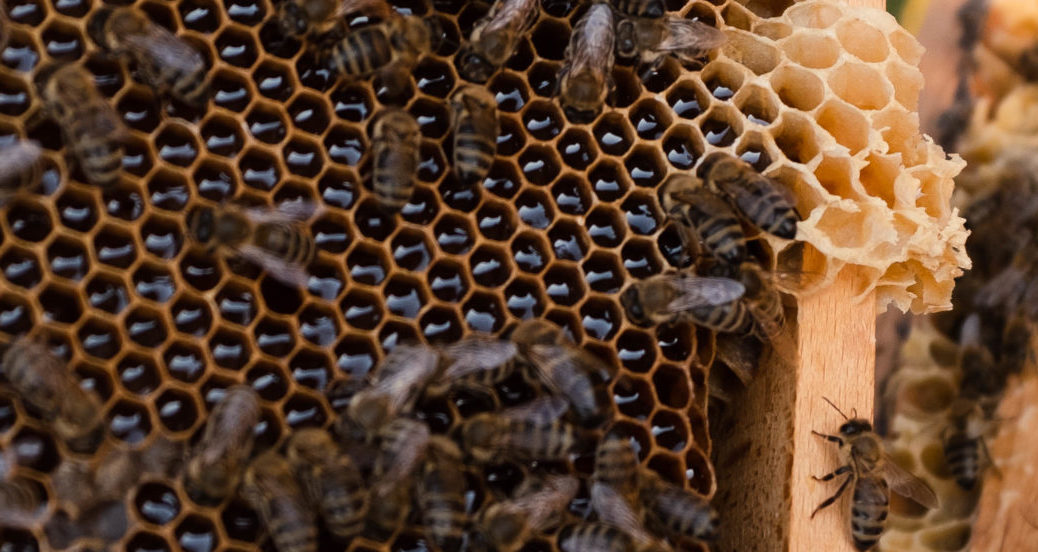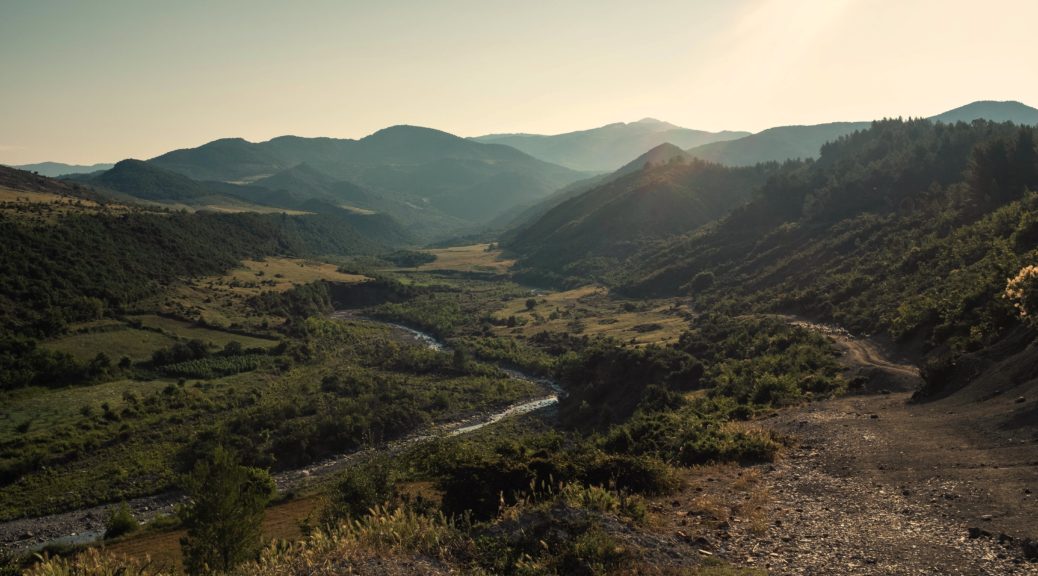Albanian honey: Flower preferences of the honey bees
Comments 0 Comment
Albania's climate provides excellent conditions for beekeeping: Already Aristotle praised the wealth of bee forage plants and wildflowers in Albania. Recently, researchers from the departments of Biology of the University of Elbasan and the University of Tirana conducted a melissopalynological study to look into the preferred source plants and quality of honey in the country.¹ Melissopalynology, the analysis of pollen grains in honey, provides information about the floral choices of honey bees, which is used to determine the geographical and botanical origin of the honey.
The analysis was carried out on 30 honey samples collected from localities across Albania, from Bajram Curri in Northern Albania to Sarandë in the South of the country. The study confirmed a great diversity of floral sources; the honey was pure and not thermally processed.
About half (14 out of 30) of the honey samples were found to be monofloral (predominantly from the nectar of one plant), mainly from Castanea, Arbutus, and Erica. 16 out of 30 honey samples were multifloral, with a great variety of up to 56 pollen types. With regard to the frequency of occurrence of pollen types, the honey bees favourites include Arbutus, Artemisia, Castanea, Erica, Lotus, Rosa, Rubus, Tilia, Trifolium.
The Honey Trail offers a most unique way to discover the beauty of Albanian honey and this floral diversity, for example on our South tour.
¹ Source: Pupuleku, B., Kapidani, G., Naqellari, P. & Gjeta, E. (2016). Melissopalynological Study of Albania’s Honey. Academic Journal of Interdisciplinary Studies, 5(3), 261-268.

